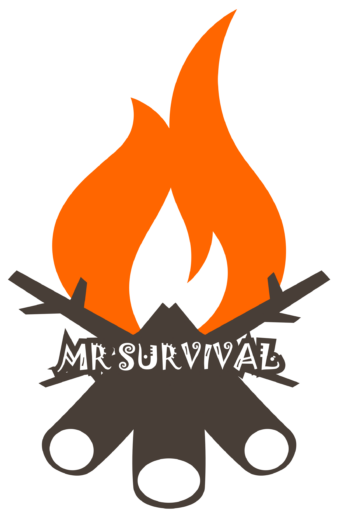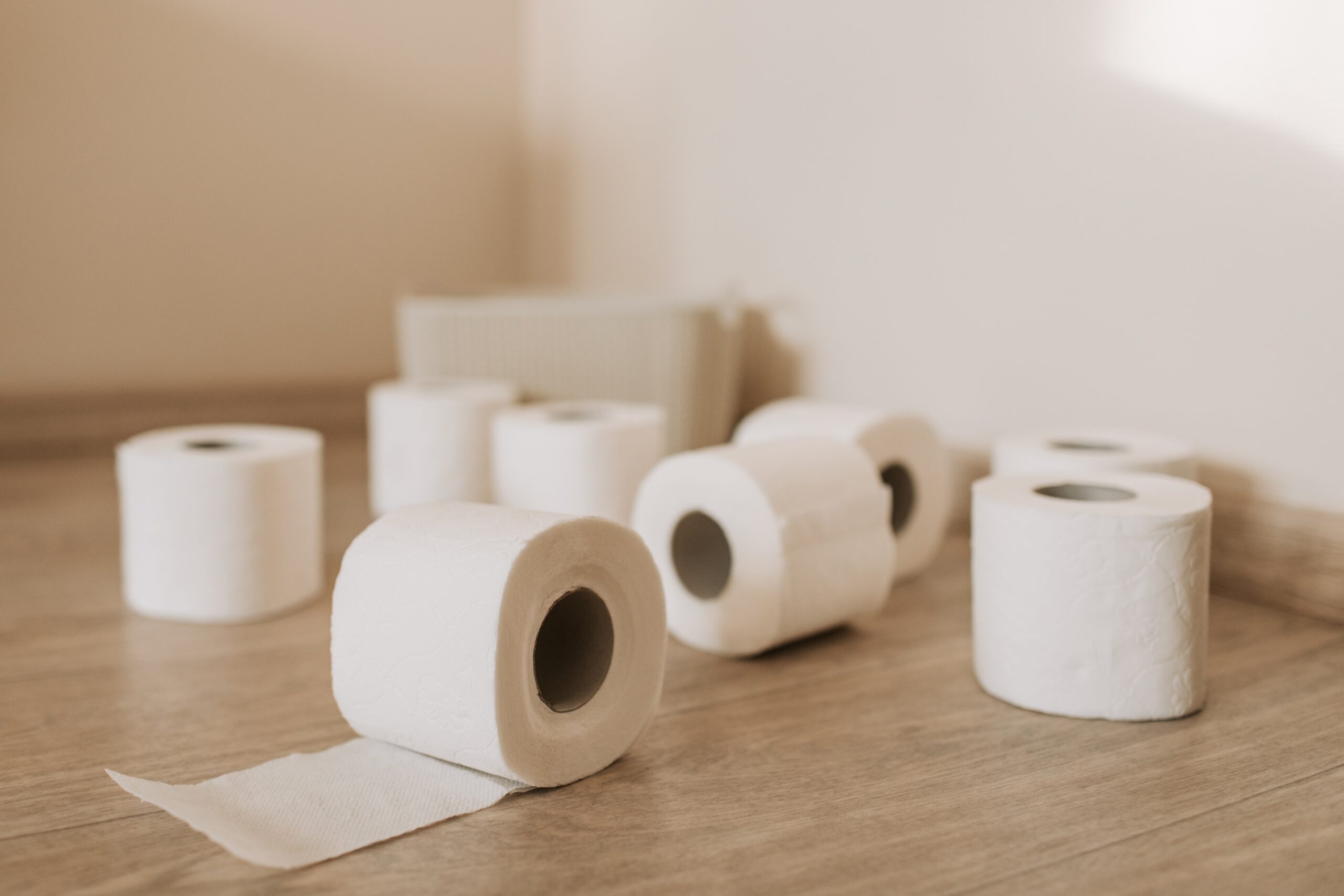Prepping: Why it is important for everyone
Many people still believe that crisis preparedness is only for the crazy and doomsday fanatics. In reality, however, everyone should have a contingency plan. A major accident or catastrophe can occur at any time and unexpectedly. When you’re not prepared and your supplies run low, that’s when the problems start. Because we live comparatively comfortable lives, it’s important that we are prepared when things go wrong.
Hint: On some of my pages you will find so-called affiliate links / advertising links. I have marked these with an asterisk (*). In addition, some product images and names are also linked to affiliate links. If you click on these links and then purchase the product or service, I will receive a commission. You will not incur any additional costs, but you will support me and my website.
Inhaltsverzeichnis
What is prepping / crisis prevention about?
One of the most important aspects of prepping or crisis prevention is being able to survive without external help for a few days or even weeks/months until the emergency or crisis is resolved.
The Defense Civil Preparedness Agency (in Germany “Bundesamt für Bevölkerungsschutz und Katastrophenhilfe” / BBK) recommends that every household should stock up enough for at least 10 days in order to be able to survive a crisis situation. This includes food, water and medicine, but also things like warm clothing, a first aid kit and a flashlight.
Of course, it’s best to have as many supplies on hand as possible. But the most important thing is that you have a plan and know what to do in an emergency situation. If you are mentally prepared and have a plan, you can better assess and manage critical situations and, if necessary, make decisions more quickly.
Prepping does not just mean building up stocks. It’s also about having the right knowledge and skills. For example, everyone should know how to turn off the water and gas in their apartment or house in case of a gas or water leak. In addition, it is important to know how to store food and water properly and how to purify water when necessary.
Basic medical knowledge is also useful, e.g. for the treatment of wounds or the implementation of first aid measures.
In short, prepping is about being prepared for the worst-case scenario. It’s about being mentally prepared and having the right supplies, knowledge, and skills to deal with an emergency situation. Everyone should have a plan in case of an emergency. So don’t wait until it’s too late – once the state of emergency has arrived, it could be too late.
What are possible crisis situations?
There are many possible crisis situations that can arise. Here are just a few examples:
- A natural disaster such as a hurricane, tornado, earthquake, or flood.
- A man-made disaster, such as a terrorist attack or an industrial accident
- Infrastructure failure, e.g. power failure or water shortage
So it doesn’t always have to be the zombie apocalypse or the asteroid impact. The above examples are quite realistic and have also occurred frequently in recent years. So you can only talk about luck if it doesn’t hit you yourself.
But that doesn’t have to be the case. A natural disaster in a neighboring country can also hit us if, for example, energy and gas lines are damaged or even destroyed. Germany imports both energy and many resources from abroad. If important suppliers are lost, Germany can very quickly find itself without electricity.
How can I prepare for crisis situations?
There are many ways to prepare for crisis situations. In the following I will show you various points that should serve as an incentive for your personal crisis preparation.
Create an emergency plan
The first step is to create an emergency plan. This should include who to contact in an emergency, where to meet, and what each family member should do. Keep in mind that in the event of a nationwide power outage, there may no longer be any means of communication. Telephone and cell phone networks may fail. So it is best to sit down with your loved ones as soon as possible and think about what to do in an emergency.
You should clarify the following questions:
- What should each family member do in an emergency? E.g. pack emergency luggage: collect important documents. Gather food and water for everyone. Ideally, you have already put together an emergency kit or so called bug out bag (BOB) that you can simply grab and take with you in an emergency. Who turns off the water in case of a water damage? Where is the fuse box or the gas valve and who turns it off in case of a damage?
- Who do we contact in an emergency? Do you have a neighbor you trust? Or which family member should be contacted? Where are the nearest emergency services, such as hospital, police…
- Where do we meet if we can’t stay in our own apartment/house? In the nearby forest, with a relative or in a public place?
Once you have answered these questions, you should put them in an emergency plan. This can, for example, be a very simple bullet point list that you can use in an emergency to tick off the individual points.
Create an emergency kit / bug out bag (BOB)
The second step is to assemble an emergency kit – also known as a bug out bag (BOB). The bug out bag should contain everything you need to survive for at least 72 hours and is especially important if you have to leave your apartment or house quickly.
In addition to food and water, your BOB should also include other gear for you and your loved ones (don’t forget kids and pets!).
A list of things that might come in handy in your bug out bag:
- Backpack
- Food and water for at least 72 hours
- First aid kit
- Medication (essential, e.g. blood pressure medication)
- Warm and weatherproof clothing (especially in winter), including a hat, scarf and gloves
- Flashlight (better 2 if one breaks) / headlamp
- important documents (birth certificate, identity card/passport or digital copies on a flashdrive)
- waterproof cases (for your documents, mobile phone, etc.)
- Cash (card payment may no longer work and ATMs are without electricity)
- Emergency radio with (rechargeable) batteries – so you can find out something about what’s happening in your region or the whole world
- Emergency tent and/or sleeping bag if you need to sleep outside
- sleeping pad
- Tarp (if you sleep outside you can improvise a canopy with it)
- rescue blanket
- Notepad and pencil
- lighter or matches
- cord / paracord
- Pocket knife / outdoor knife
- handkerchiefs
Attend a first aid course
The third step is to take a first aid course. There you will learn how to provide first aid in an emergency and what you can do until help arrives. You will also learn how to properly use your emergency equipment. There are also special “survival courses” where you can ensure survival outside of your home.
Stock up
The fourth and final step is to stock up. This means that you should have enough food and water in your house or apartment for at least 10 days. This is the official recommendation of the Defense Civil Preparedness Agency. In addition to food and water, tools and equipment that make life easier for you in a crisis situation are also important.
These items belong in your crisis supply
My personal recommendation is that you can survive for at least 2 weeks / 14 days, independently and without leaving your house or apartment.
You should have the following items in your stash:
Water for at least 14 days for all family members and pets – you can easily calculate your water requirements with my water requirement calculator.
Food and equipment for at least 14 days for all family members and pets:
- Canned goods (full meals, as well as fruits and vegetables)
- tin opener
- Dry food (rice, pasta, muesli or outdoor food)
- Milk powder (for mixing milk with water or for preparing baby food)
- cooking oil
- salt, sugar, spices
- Coffee, tea, chocolate (important for the mood 😉 )
- Baby food and formula (if you have small children)
- Pet food (if you have pets)
- Gas cooker and/or spirit cookers as well as gas cartridges and fuels
- Plastic/cardboard cutlery and crockery
- lighter or matches
- Pocket knife / outdoor knife
- First aid kit
- Flashlight (better 2 if one breaks) / headlamp
- Power bank, rechargeable batteries / batteries
- candles / tea lights
- Disinfectant, wound disinfectant
- Toilet paper
- Camping toilet and bin bags (both for disposing of rubbish and for the toilet!)
- Emergency radio
- Medicine cabinet / daily medicines, as well as painkillers and cold remedies
- Water buckets and canisters for service water
- fire blanket
- Fire extinguisher / extinguishing spray
- Spare toothbrushes and toothpaste
- Liquid soap / curd soap (curd soap is often more economical and lasts longer)
Summary
Crisis prevention / prepping is not only about having as much food and water available as possible, but its also important to have the relevant knowledge and skills so that you can react correctly in an emergency. The best gear is useless if you don’t know how to use it. Even if it can be strange, play through a crisis scenario with your family or friends. For example, turn off the fuses once in the evening. Are you still able to act calmly and deliberately?
Try it! Then you are better prepared when an emergency occurs!

